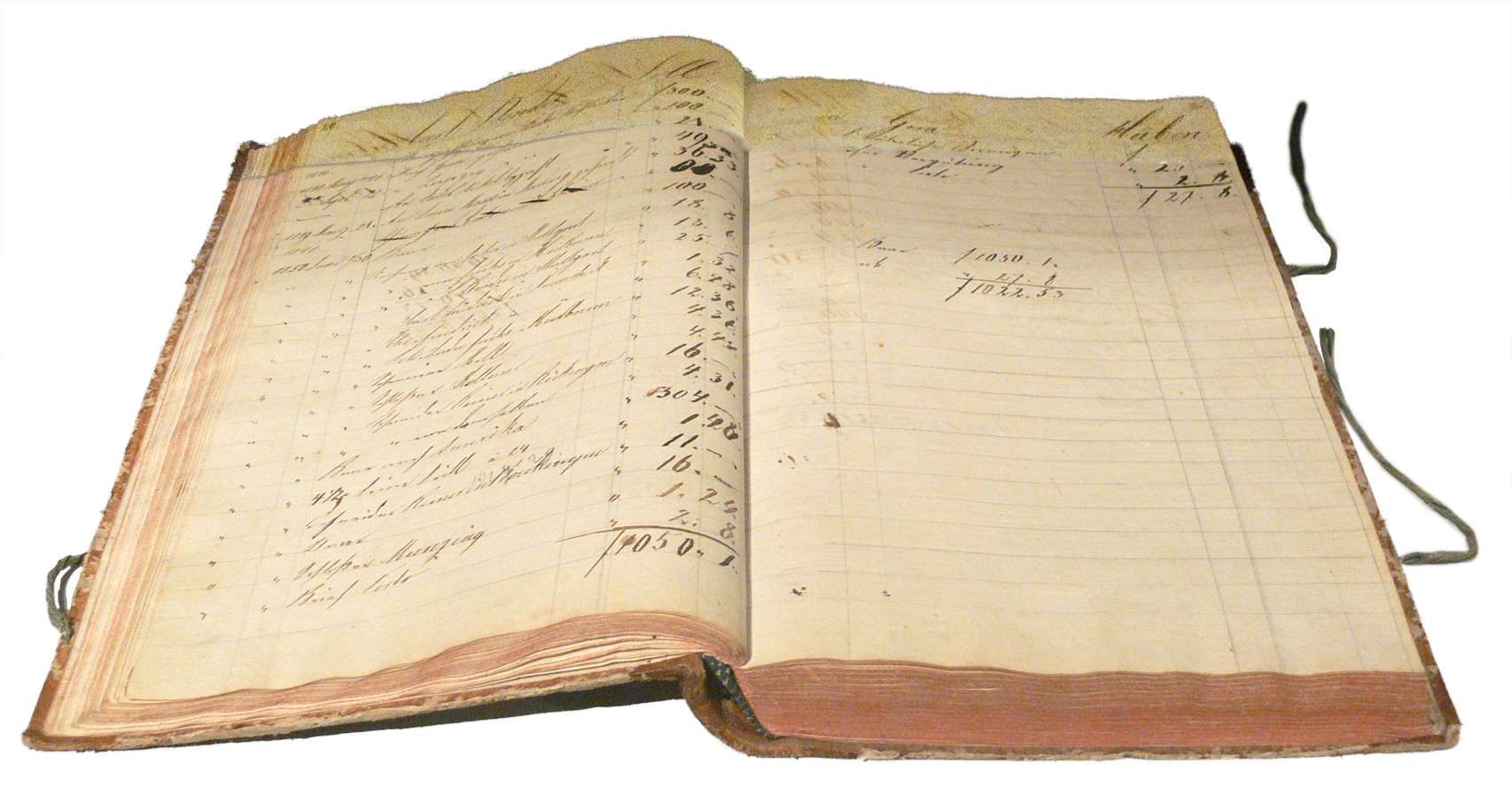Accounting and Finance for Small Businesses
- Introduction to Small Business Financing
- Financial Statements & Month-End Reconciliation
- Roles & Responsibilities in Small Business Finance
- Tax Savings and Filing for Small Businesses
Roles & Responsibilities in Small Business Finance
The Responsibilities of a Bookkeeper in Small Business

Recording and picking up business transactions.
A bookkeeper plays a crucial role in the financial management of a small business. They are responsible for recording and maintaining the company's financial transactions, ensuring accuracy, and providing up-to-date information for decision-making. This article will delve into the key responsibilities of a bookkeeper and how they support the overall financial health of a small business.
Defining the Role of a Bookkeeper
A bookkeeper's primary role is to keep accurate records of all financial transactions within a business. This includes sales, expenses, salary payments, and any other financial transactions that affect the company's accounts. They are the custodians of a company's financial data and play a crucial role in ensuring the accuracy of financial reports and statements.
Tasks Typically Handled by a Bookkeeper
A bookkeeper's tasks can vary depending on the size and nature of the business. However, some of the most common tasks include:
- Recording financial transactions
- Posting debits and credits
- Producing invoices
- Managing payroll
- Maintaining and balancing ledgers, accounts, and subsidiaries
- Checking for accuracy in figures, postings, and reports
- Reconciling bank statements
- Preparing reports (like income statements and balance sheets)
The Importance of Accurate Bookkeeping
Accurate bookkeeping is essential for any business. It provides a clear picture of the company's financial health, which is crucial for decision-making. Accurate records enable business owners to identify trends, manage cash flow, and make informed decisions about future growth. Furthermore, accurate bookkeeping is essential for tax purposes, ensuring that all information provided to tax authorities is correct and up-to-date.
How a Bookkeeper Supports the Accountant and Controller
While a bookkeeper handles the day-to-day financial transactions, the accountant and controller use this information for higher-level financial analysis and decision-making. The bookkeeper provides the raw data, which the accountant uses to prepare financial statements and tax returns. The controller uses these reports to make strategic financial decisions for the business. In this way, the bookkeeper supports the entire financial team by providing accurate, timely, and relevant financial data.
In conclusion, a bookkeeper plays a vital role in a small business. They ensure that all financial transactions are accurately recorded and maintained, providing the foundation for sound financial management and decision-making. Whether you're a business owner looking to understand more about your financial processes or considering hiring a bookkeeper, understanding these responsibilities can help ensure your business's financial health.